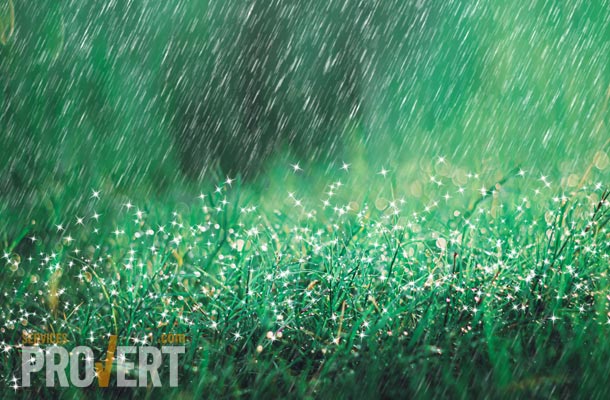Lawn watering

Under our climate conditions, residential lawns need 2 to 3 cm of water per week when hot and without rain at all. This means that lawns do not need irrigation when daily temperatures are 10 degrees Celsius for a week without rain. Yet some people irrigate their lawns no matter the amount of rainfall and temperatures.
Over irrigation keeps too much water in the soil that rots the roots. In addition, the continuous wetness of lawn through irrigation favours fungus infection causing diseases.
The amount of irrigation water depends on soil texture meaning that a sandy soil requires less water at a time but more frequently than a clayey one. The amount of irrigation water also depends on mowing height. A high mowing requires less irrigation than a very short mowing.
Residential lawns do not need regular irrigation during a season of frequent and heavy rains as compared to a dry one. Let your lawn be slightly thirsty (the special term is called field capacity) to encourage roots go deep in search of water. This increases root mass. Too much irrigation makes lawn sensitive to stresses because roots remain near the surface.
Some automatic irrigation systems are malfunctioning because they irrigate even during rainfall. Put cups to see if the automatic irrigation system evenly distributes the amount of water. Shady lawns do not need the same amount of irrigation water as sunny ones.